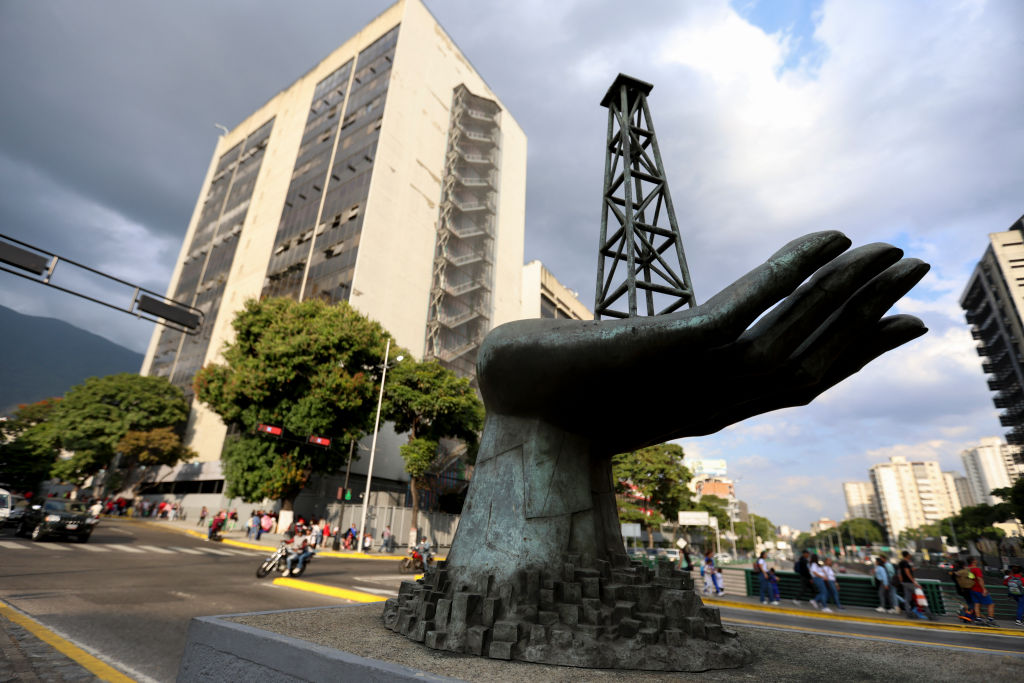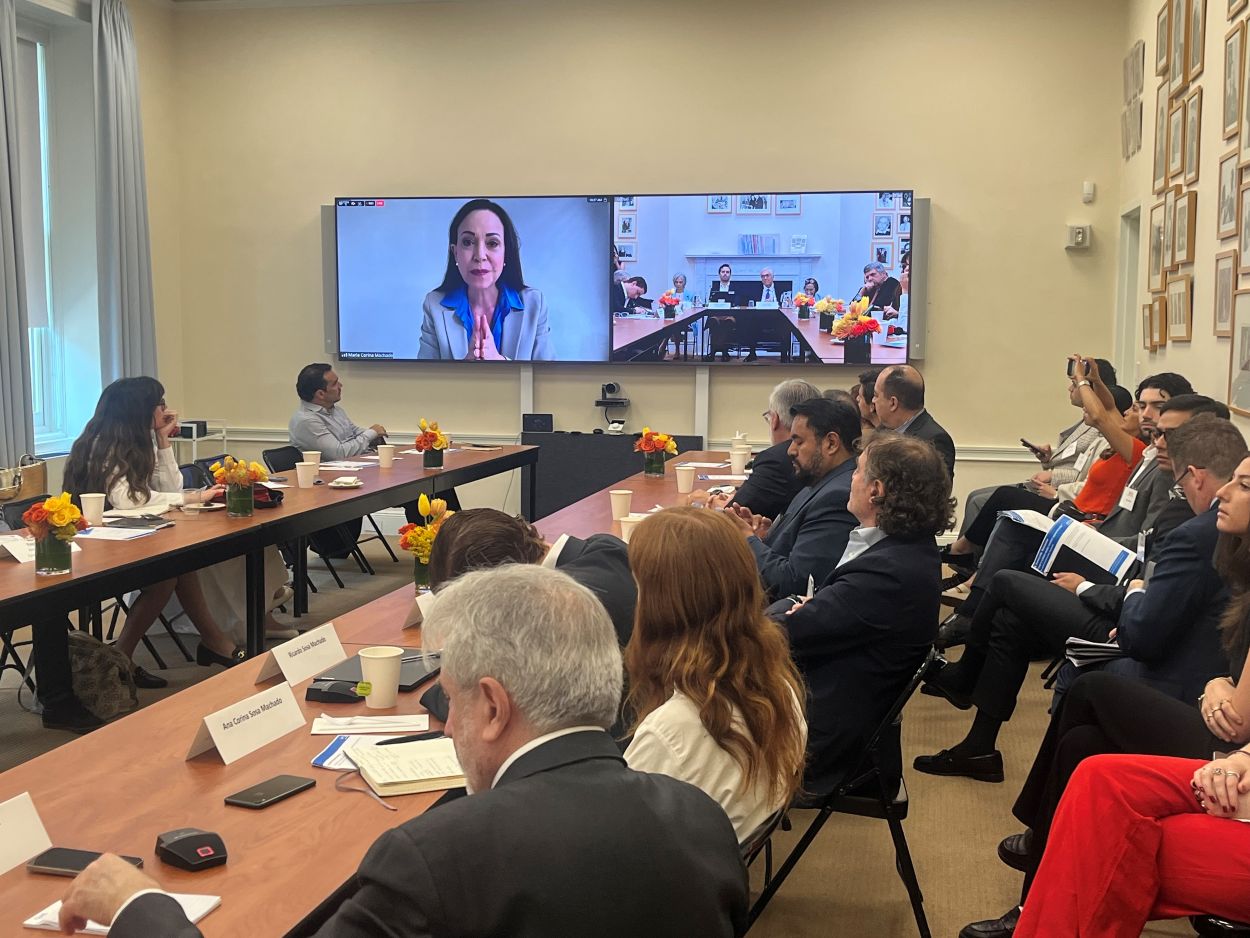Summary: Financing Renewable Energy in Latin America
Summary: Financing Renewable Energy in Latin America
Renewable energy projects in the region increasingly gain funding, though challenges remain, such as balancing cost and stability of supply.
Speakers:
- Ana Maria Vidaurre, Principal Investment Officer, Inter-American Development Bank
- Carla Tully, Vice President, Corporate Strategy and Investment Group, AES Corporation
- Kenneth Hansen, Partner, Chadbourne & Parke, LLC
- Christian Gomez, Jr., Director of Energy, Council of the Americas (moderator)
Summary
On July 30, Council of the Americas hosted a public roundtable on financing renewable energy in Latin America. The event was a part of the Energy Action Group initiative and brought together diverse perspectives on trends in renewable energy financing as well as challenges facing financing agencies. Speakers agreed that the ample resources available for renewable projects match the region’s equally large need for energy.
Read more about this topic in an AQ blog post from COA's Christian Gomez.
Balancing Cost and Predictability
Carla Tully, vice president of the Corporate Strategy and Investment Group at AES Corporation, explained that the needs and conditions of the local community are the most crucial factors in choosing renewable energy projects. She noted that the sector involves calculating the social, environmental, and economic trade-offs. Although governments prefer low-cost energy options, projects that offer stability of supply often provide better benefits. As renewables are subject to shifts in atmospheric conditions, countries should adopt a long-term and pragmatic strategy by diversifying their energy matrices, speakers noted. However, many countries in the region are overly dependent on one energy source. And while thermal energy is seen as the best “insurance” against unpredictable disruptions of dominant energy sources, governments are reluctant to pay for the development of such back-ups until the disruption has already occurred.
Ensuring a Stable Supply
Some countries have experimented with projects that seek to provide stable sources of renewable energy. Central America’s Electrical Interconnection System (SIEPAC), which was completed this year, could increase the percentage of renewable energy in participating countries’ matrices by expanding the amount of sources from which they draw. While limited space and resources have restricted renewable project financing activity in the Caribbean, governments in the Dominican Republic and Puerto Rico have experimented with distributed solar projects. In fact, Puerto Rico’s power purchase agreements (PPAs)—contracts between an energy provider and buyer—require projects to incorporate storage options as guarantees of supply.
Navigating Local Regulations
Other factors, from local content rules to transmission set-up, act as constraints on projects. Financing agencies are often able to work in unpredictable regulatory environments by stating in contracts that changes in regulations will not be retroactive. Yet in certain countries, such as Brazil, existing local content regulations are too extensive to allow foreign and commercial banks from financing projects. Ana Maria Vidaurre of the Inter-American Development Bank noted that a consistent challenge that energy projects face is the parallel development of transmission infrastructure, when the renewable energy project and the infrastructure responsible for transmitting are built at the time. This is something that the agencies financing the projects have little control over. In these cases, the success of a project can depend on how that agreement is structured to deal with transmission delays.
Opportunities for Growth
Despite challenges, financing for renewable energy projects in Latin America—excluding Brazil—increased by 127 percent between 2011 and 2012. While financing for similar projects elsewhere slowed down, in Latin America there has been a shift towards financing renewable energy projects. This has so far been concentrated in wind and solar technologies and typically occurs through multilaterals and export credit agencies. Ken Hansen from Chadbourne & Parke reminded participants that there is a continuing need for financing agencies interested in renewable energy projects in Latin America.








